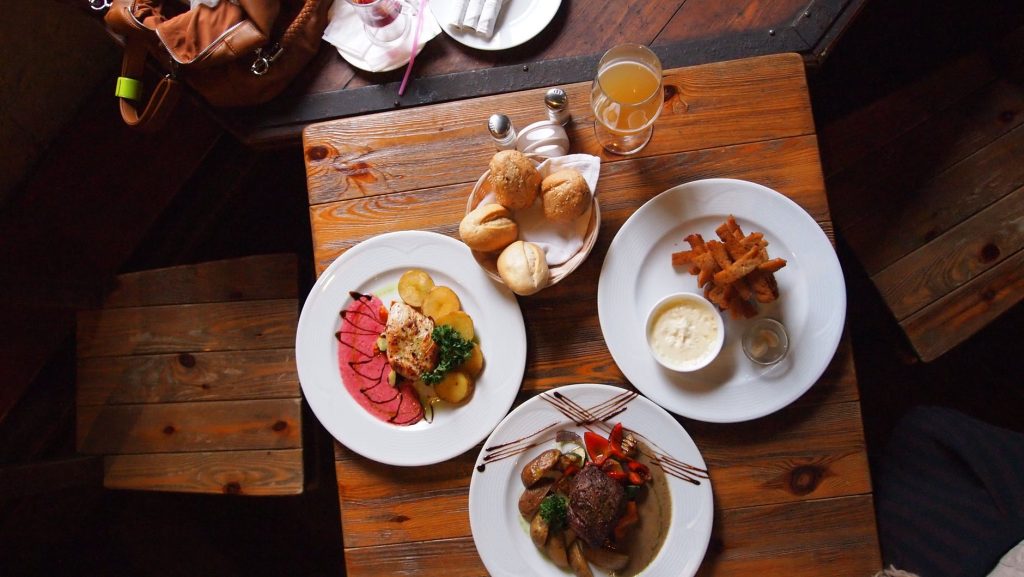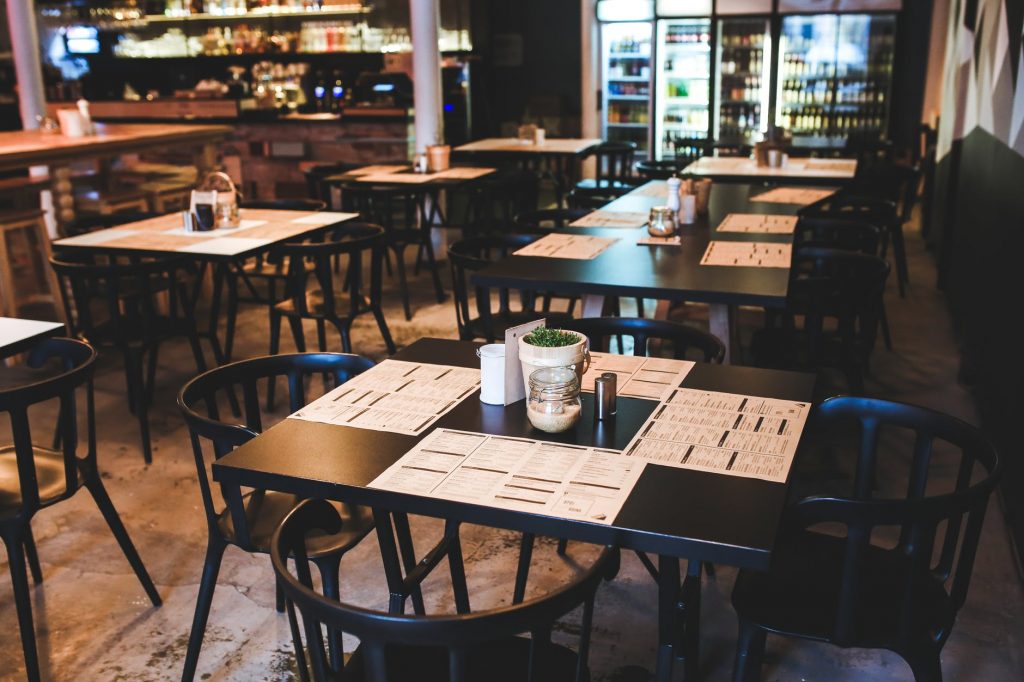A bustling storefront is no longer enough to keep a restaurant thriving. Having a strong presence online can supplement your sales and can help you in brand building. Setting up a website for your restaurant not only widens the net of your potential customers, it is also a way of validating and informing them about overall ethos and vibe of your restaurant. Taking your business online allows customers to check out the cuisine, price point and what the restaurant has to offer. Most restaurant websites include features such as best dishes, customer testimonies on the prepared meals as well as the history of the establishment. However, there are four crucial parts every restaurateur must include on their website to be able to mark their brand. These strategies can help build the digital identity of a restaurant:

Text-Based Menu
One of the basic things to consider when creating a restaurant’s website is the menu itself. While in the creation process, many webmasters simply drop the PDF file of the physical restaurant menu itself on the website instead of creating a tailored text-based menu for
the website. This creates a huge inconvenience to customers since they would need the user to download a file simply to view your menu. Some potential customers may completely log off from the page itself and check other restaurants instead. Additionally, this process disrupts the look and flow of the site, slows down the website’s page loading speed, and negates a number of new ways to maximise SEO value. It is recommended to create an HTML version of the menu instead.
To mark-up important HTML elements for your restaurant’s website, Google has emphasised the importance of using structured data and Schema.org. This also ensures that the menu is effective in its display and appropriately highlighted for search engines. This will make your site more presentable, user-friendly and easy to navigate. Customers want information quickly, and if you don’t have this displayed you could lose easy business.
Mobile-Friendly Navigation
With the usage of mobile devices have surpassed that of laptops or desktops, it is essential that a particular website is compatible for viewing on these devices. Many customers are looking for restaurants while on the go and out and about. These potential customers decide on a place for their meals based on the offers they see on the website they visit. Their experience on the website motivates their decision to drop in on your establishment. According to Toast, a restaurant point of sale and management system, 50% of the visitor sessions to restaurant websites happe
ned on a mobile device, and over half of these sessions started with a Google search. Most often than not, these searches and the purchases are done within the day. People who are actively searching for restaurants are valuable customers who are willing to spend money.
When designing your website, consider how it will appear on a mobile device. Visualize your webpage from a mobile display to a desktop display to generate a portal for your restaurant that is feasible at every resolution.
On-Site Reservations
Another form of brand marketing important for restaurants is to have an online reservation feature on your website. Industry-leader Open Table, an online restaurant-reservation service company, has been making profits through this kind of service. But whatever reservation plug-in you choose to use, unmistakably, an online reservation platform offers an unbelievable incentive for users to go straight from discovery to dining room table. A reservation feature locks in customers before they browse other restaurants and is convenient since they don’t have to physically call to book. Implementing this feature on your site entices more customers to come and visit your establishment due to its convenience. Potential customers can comfortably identify when they can come in to experience a restaurant’s cuisine and fresh food and may eventually become loyal customers.

Display Contact Information Everywhere
One common mistake that restaurant websites are that the address and phone number of the establishment are only found on the contact page. This information should be clearly identifiable on every single page of your website. A good place to display is on the top banner where it is easily seen and accessed, particularly on mobile devices where people don’t have all day to scroll to the bottom. A plain click-activated phone number is a great feature to include where customers can simply click and initiate a call.
Going an extra mile, you can even embed a Google map to highlight your restaurant’s location so users can visualise where to find your establishment. A map is useful to provide directions to local customers and is convenient so they don’t have to exit your website and look up the address separately. To ensure that the restaurant’s pertinent information are appropriately marked.
